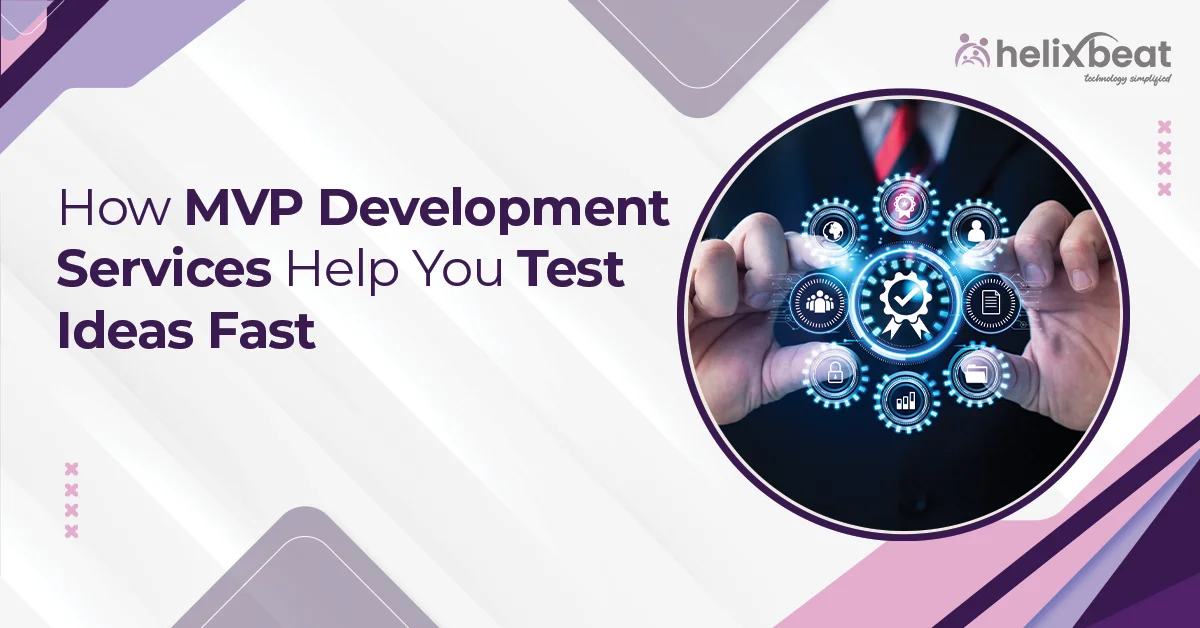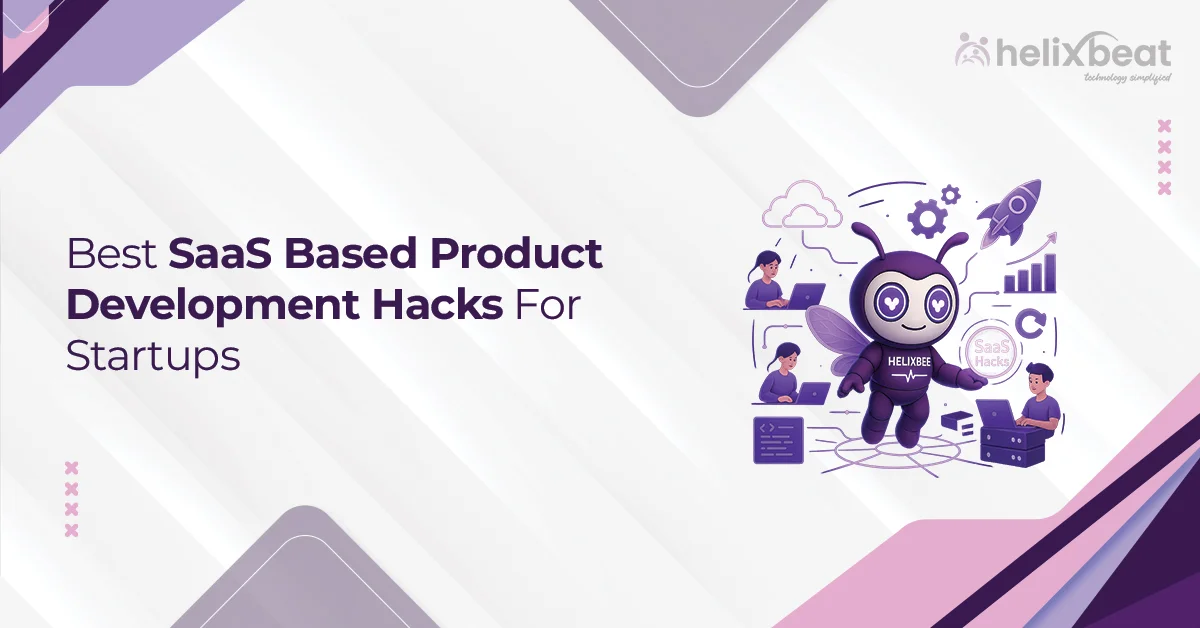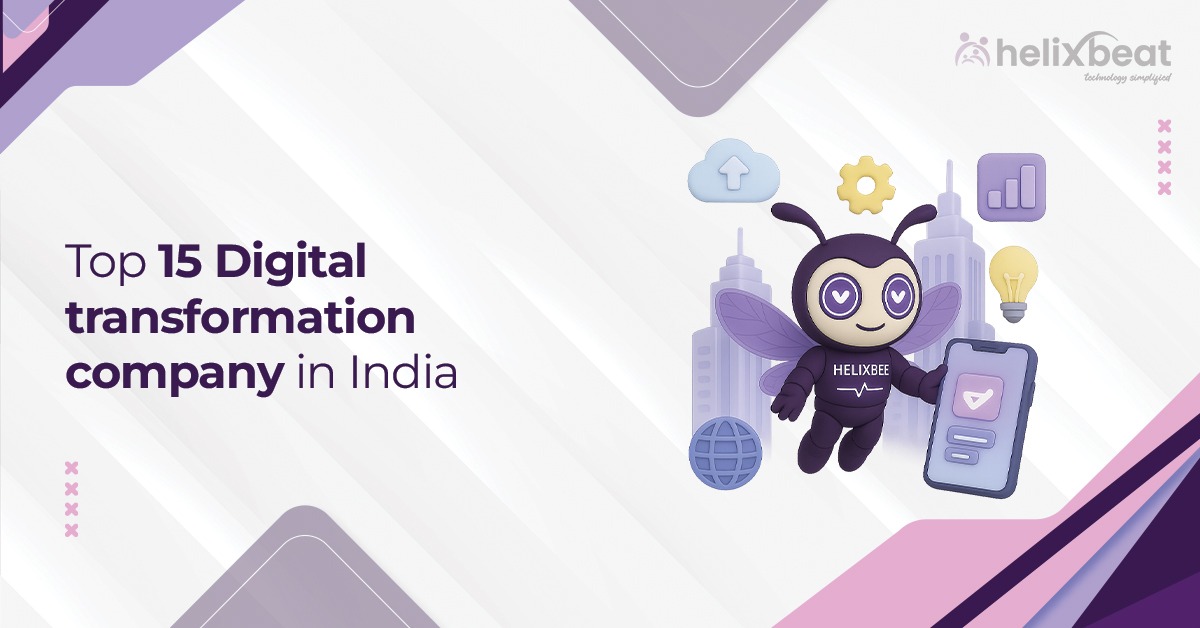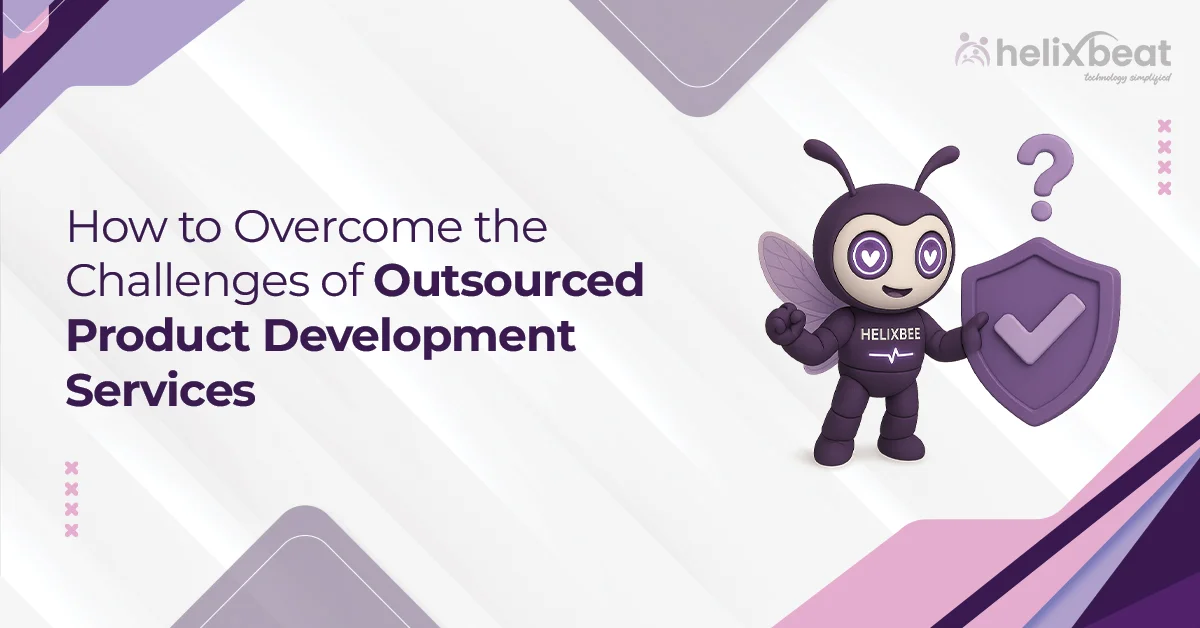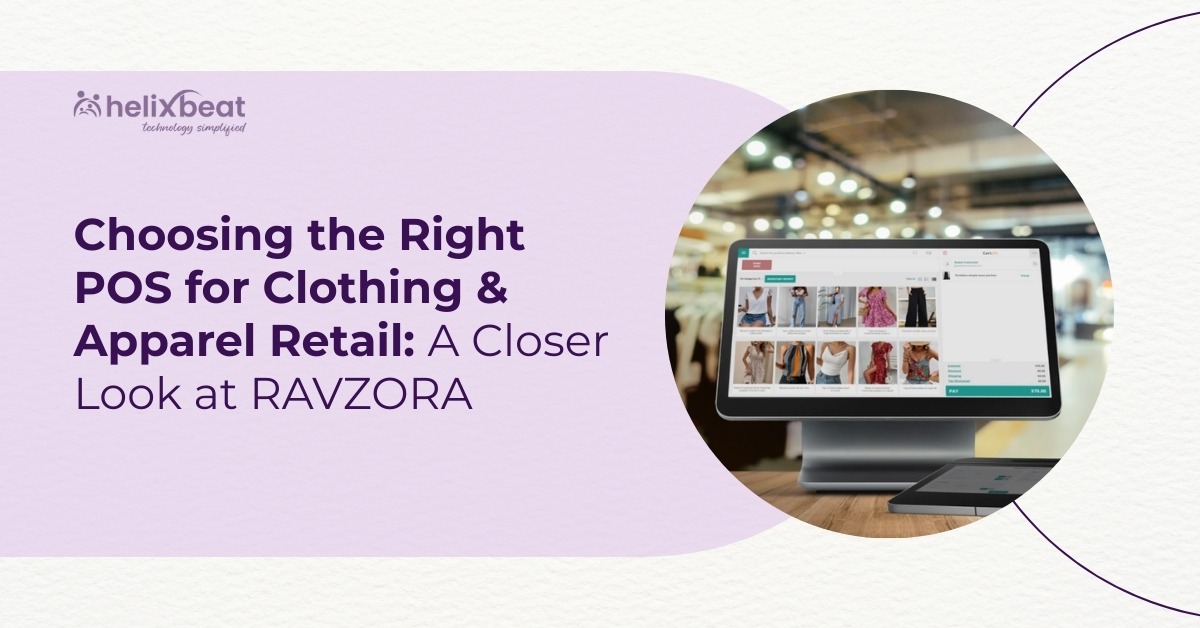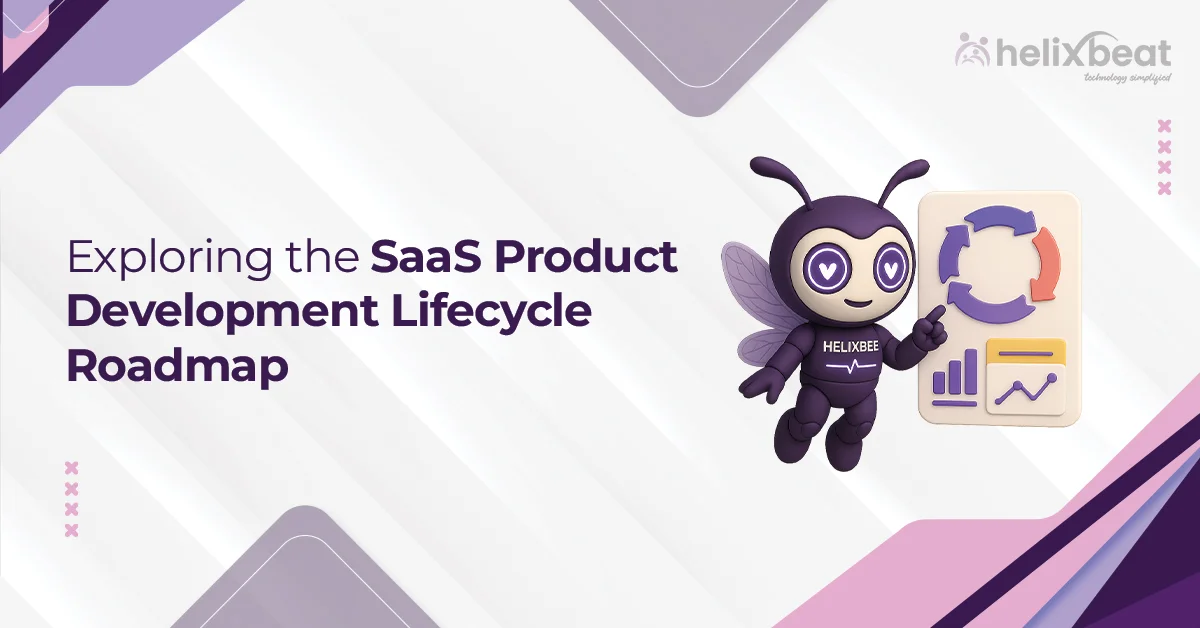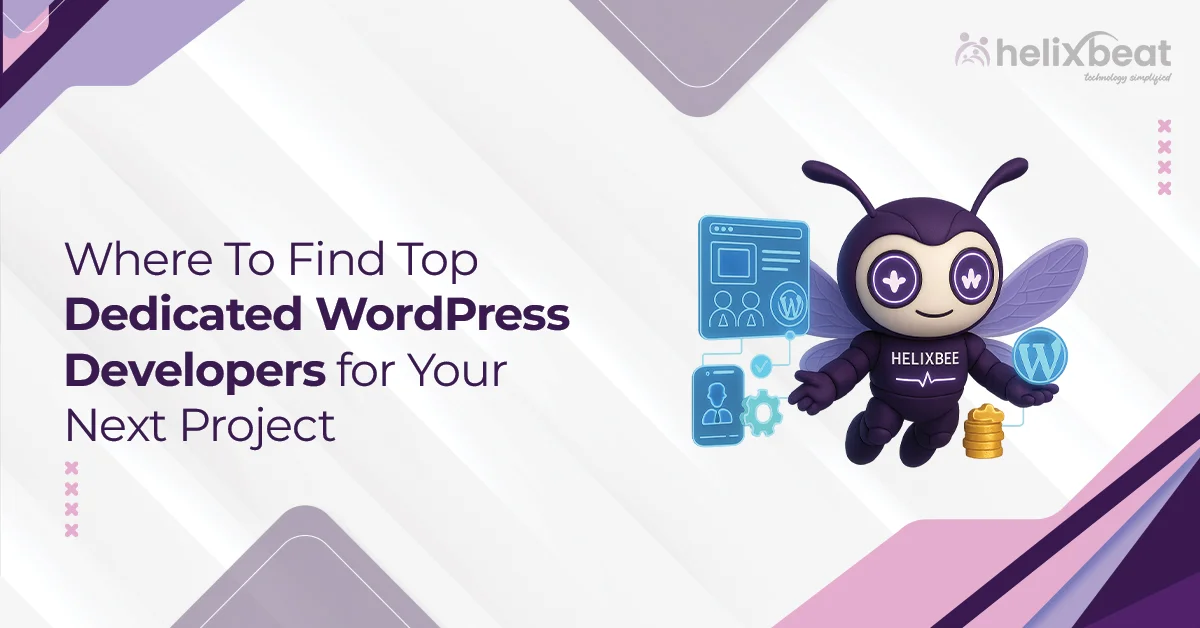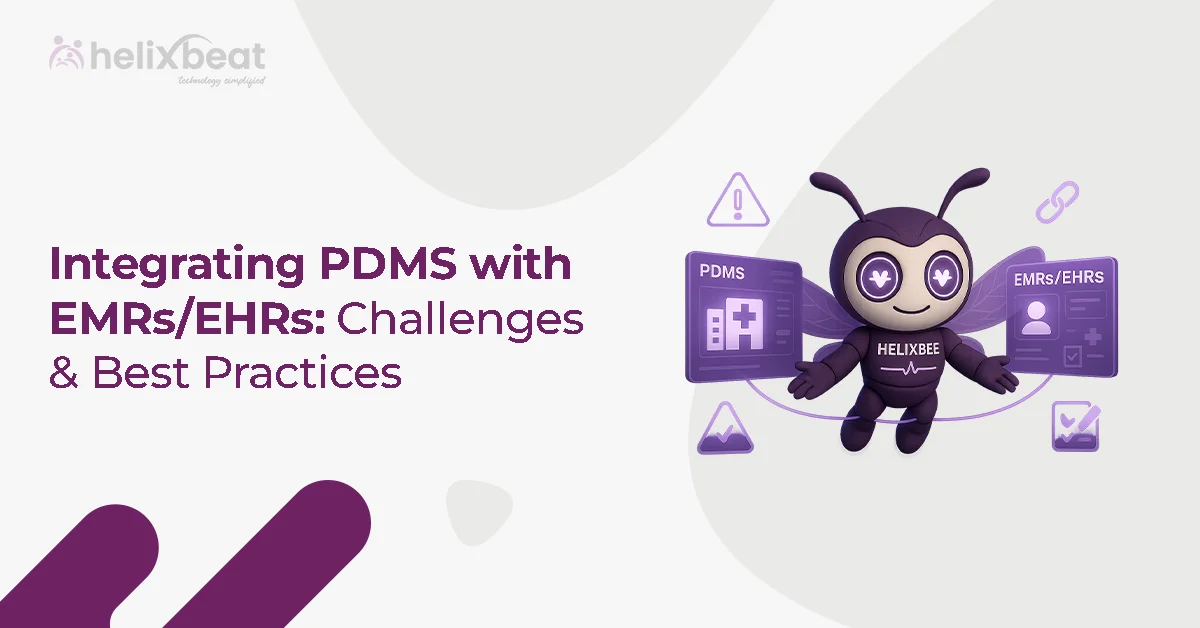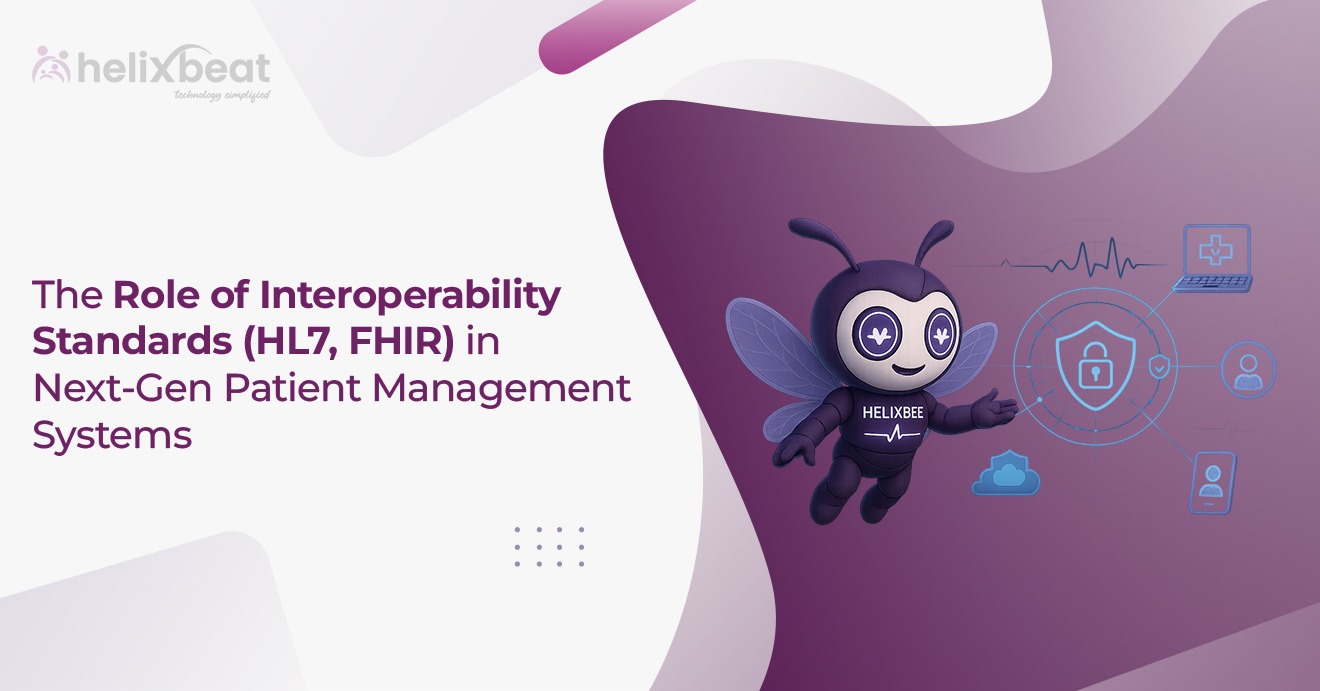Building a full product right from the start can be a big risk, especially if you don’t even know if people really want it. A lot of startups spend months working on something they think is great, only to launch and get zero response.
The real issue? They waited too long to test their idea.
Today, it’s more important to get your idea out there quickly and see how real users react. That’s where MVP development services come in. Instead of spending time and money on every feature, you start with just the basics, which is enough to show your idea and get feedback.
An MVP gives you a quick reality check. It helps you figure out what works, what needs fixing, and if your idea is worth taking further. With the help of experienced MVP development services for startups, you can launch fast and learn fast, without wasting precious resources. In this blog, you’ll learn more about MVP development service and how to test faster.

Table of Contents
What Are MVP Development Services?
MVP development services are all about helping you build the simplest version of your product that still delivers value. Instead of creating a full-scale app or platform, the goal is to focus only on the most important features that solve a real problem for your users.
These services typically include everything from product planning and wireframing to design, development, and testing. You get a small, working product that can be launched quickly to gather feedback from real users.
Whether you’re a startup testing a new idea or a business launching a new feature, MVP software development services give you a smart, low-risk way to move forward. You get to test your concept, understand your audience better, and make improvements all before committing to a full product build.
Top Reasons Startups Choose MVP Software Development Services
For startups, time and money are always limited. That’s why MVP software development services have become a popular choice for early-stage companies. They allow founders to test ideas without spending months in development or draining their budgets.
According to CB Insights, 42% of startups fail because there is no market need. MVPs help avoid this mistake by validating demand early. Additionally, startups that use MVPs are 4 times more likely to pivot successfully based on real feedback, according to a study by Failory.
Startups choose these services because they provide a faster way to bring ideas to life. Instead of guessing what users want, you can quickly launch a basic version of your product and gather feedback from real people. This way, you can make smart decisions based on actual data rather than assumptions.
Another reason is investor confidence. An MVP shows that you’re serious and that there’s a real demand for your idea. It’s easier to raise funds when you have something tangible to show, even if it’s just the first version.
Finally, MVP development helps reduce risk. If an idea doesn’t work, you find out early and can pivot without wasting resources. It keeps your startup flexible, focused, and moving forward with a clear sense of direction.
How MVP Development Services Help You Test Ideas Fast
Speed is one of the biggest advantages of working with MVP development services. Instead of spending months or years building a product, you can get a functional version out in a matter of weeks. According to Lean Stats, teams that adopt MVP approaches can reduce product development time by up to 60%.
These services use agile development methods, which means you work in short sprints and get to see progress quickly. You don’t have to wait until the entire product is finished to gather feedback. Instead, you launch a simple version, observe how users interact with it, and improve it step-by-step.
This approach saves time, reduces waste, and gives you valuable insights from actual usage. It helps you avoid building features that nobody needs and focus on what really matters to your audience. The result? Smarter decisions, faster launches, and better chances of success.
In fact, startups that test their MVPs with users early are 3x more likely to reach product-market fit within their first year, according to ProductPlan research.
With MVP software development services, you’re not just building a product; you’re building a learning tool that guides your next move.
Things to Consider Before Choosing MVP Software Development Service
Choosing the right MVP development partner can shape the future of your product. Before you commit, there are a few important things to keep in mind:
1. Industry Experience: Look for a team that has worked with startups or products similar to yours. A provider with industry-relevant experience will understand your challenges and goals better.
2. Process & Methodology: Check if they follow agile practices or lean startup principles. You want a team that builds in iterations, encourages feedback, and adapts quickly.
3. Technical Expertise: Make sure they’re skilled in the tech stack you need. Whether it’s web, mobile, or cross-platform development, the right tools and tech matter.
4. Communication & Collaboration: Transparent communication is crucial. A good MVP development service should keep you in the loop and involve you in key decisions.
5. Portfolio & Client Feedback: Don’t just go by what they claim—look at what they’ve built and what clients say about them. Case studies and testimonials can be great indicators of reliability.
6. Cost vs. Value: The cheapest option may not always deliver the best value. Look for a balance between cost-effectiveness and the ability to deliver quality MVPs quickly.
Taking time to evaluate these factors will help you partner with a team that not only builds your MVP but also supports your long-term product vision.
Real Startup Success Stories Using MVP Development Services
Many of today’s leading tech companies began their journeys with a Minimum Viable Product (MVP). By focusing on core functionalities and iterating based on user feedback, these startups validated their ideas, attracted early adopters, and scaled effectively. Here are some notable examples:
1. Dropbox: Validating with a Simple Demo
Dropbox started by addressing a common problem: the need for seamless file synchronization across devices. Instead of building a full-fledged product, the founders created a simple explainer video demonstrating the concept. This video attracted over 70,000 sign-ups overnight, confirming market interest and guiding further development.
2. Twitter: Evolving from a Side Project
Originally developed as an internal service for Odeo employees, Twitter’s MVP allowed users to share status updates. The simplicity and popularity of this feature led to its spin-off as a separate platform, eventually becoming a global social media giant.
These success stories highlight the power of MVP development services in testing ideas quickly, minimizing risks, and laying the foundation for scalable businesses.
Conclusion
Building a startup is hard, but launching your first version doesn’t have to be. With the right MVP development services, you can test your idea, gather real feedback, and build something users actually want. Instead of wasting time and money on guesswork, you move forward with confidence and clarity.
Whether you’re a first-time founder or a growing business, investing in a solid MVP can be the smartest move you make. Start small, learn fast, and grow with purpose.
Why Choose Helixbeat for Product Development
Helixbeat brings deep expertise and a full-stack approach to product development, helping businesses turn ideas into scalable, market-ready products.
With years of experience, we combine agile methodologies with advanced technologies like AI, ML, and IoT to deliver reliable, and future-proof solutions.
What sets Helixbeat apart is our client-focused process, from MVP strategy and prototyping to product lifecycle management. We worked across industries like healthcare, e-commerce, logistics, and more, all while maintaining the highest security and compliance standards.
With Helixbeat, you’re not just getting developers; you’re getting a product development partner committed to long-term success.
FAQ
1. What is the purpose of MVP?
The purpose of an MVP (Minimum Viable Product) is to quickly launch a product with the least amount of features necessary to validate a business idea. It helps startups and businesses test their concept in the real world with minimal risk and investment.
2. How do I start MVP?
To start an MVP, you should:
- Find the core problem your product will solve.
- Define the essential features that address this problem.
- Build a basic version of the product that includes only these features.
- Launch to a small group of target users for feedback.
- Iterate based on the feedback to refine and improve the product.
The key is to start small and build a product that allows you to learn from users quickly.
3. What does MVP stand for in development?
MVP stands for Minimum Viable Product. It refers to the simplest version of a product that can be launched with just enough features to satisfy early users and gather feedback for future development.
4. What is the MVP approach to development?
The MVP approach to development focuses on building the most basic version of a product that solves a specific problem. Instead of developing a fully-featured product upfront, the MVP approach involves launching quickly with core functionality to test the concept, validate assumptions, and learn from real user feedback.
5. Does MVP cost money?
Yes, developing an MVP does cost money, but it is generally much more affordable than developing a fully-featured product. The cost is mainly associated with the design, development, and testing of the basic features.
6. What is MVP in agile development?
In agile development, MVP refers to building a product in iterations, starting with a version that includes only the most essential features. The goal is to release the MVP quickly, gather user feedback, and then iterate on the product in short cycles (sprints). This aligns with the agile principles of flexibility, continuous improvement, and user-centred design.



